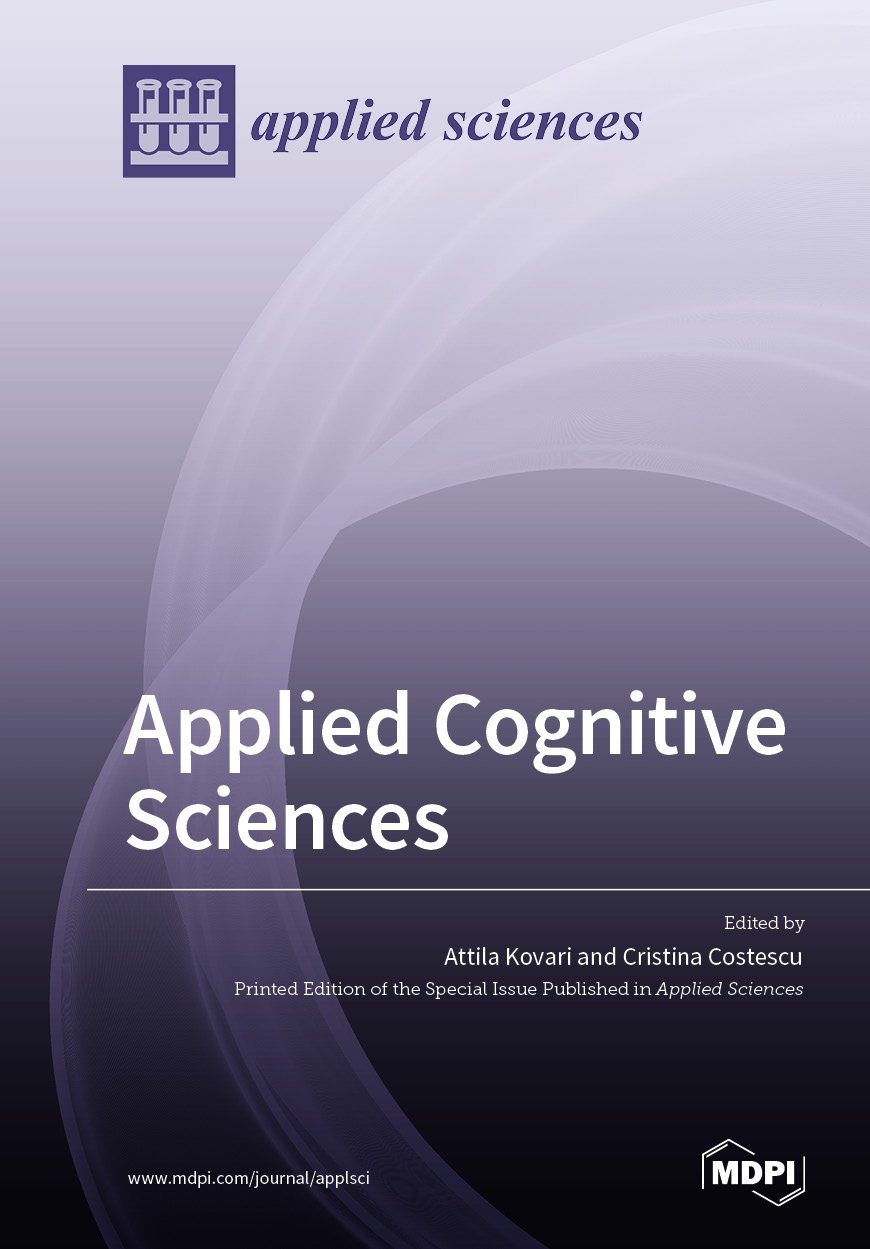Movement Time and Subjective Rating of Difficulty in Real and Virtual Pipe Transferring Tasks
IF 2.5
4区 综合性期刊
Q2 CHEMISTRY, MULTIDISCIPLINARY
引用次数: 1
Abstract
An experiment was performed to investigate the movement time (MT) and subjective rating of difficulty for real and virtual pipe transferring tasks. Thirty adults joined as human participants. The HoloPipes app in a Microsoft® Hololens 2 augmented reality (AR) device was adopted to generate virtual pipes. The participants performed pipe transferring trials, from one location to another on a workbench, in both lateral and anterior–posterior directions. For the lateral transferring tasks, pipes in three diameters with three transferring distances and two origins were tested. For the anterior–posterior transferring tasks, pipes with a diameter of 2.2 cm with three transferring distances and two origins were tested. It was found that the MT of transferring a virtual pipe was significantly (p < 0.0001) shorter than that of transferring a real pipe. Moreover, male participants transferred the pipe significantly (p < 0.0001) faster than their female counterparts. Thus, the hypothesis that transferring a virtual pipe is less efficient than transferring a real pipe was rejected. It was also found that the MT of transferring both a real and a virtual object was dependent upon gender, handedness, and the transferring direction. In addition, the subjective rating of difficulty in pipe transferring is positively correlated (r = 0.48, p < 0.0001) with the MT. Based on Fitts’ law, additive MT models were proposed. These models could be used to predict the MT between handling real and virtual pipes under gender, handedness, and transferring direction conditions.真实和虚拟管道传输任务的移动时间和主观难度评定
通过实验研究了真实和虚拟管道传递任务的移动时间和主观难度评定。30名成年人作为人类参与者加入。采用Microsoft®Hololens 2增强现实(AR)设备中的HoloPipes应用程序来生成虚拟管道。参与者进行管道转移试验,从一个位置到另一个工作台上,在侧面和前后方向。对于横向传递任务,测试了三种直径、三种传递距离和两个起点的管道。对于前后转移任务,管道直径为2.2 cm,有三个转移距离和两个起点。研究发现,虚拟管道转移的MT显著(p < 0.0001)短于真实管道转移的MT。此外,男性参与者转移管道的速度明显快于女性参与者(p < 0.0001)。因此,传输虚拟管道的效率低于传输真实管道的假设被拒绝。研究还发现,转移真实物体和虚拟物体的MT依赖于性别、手性和转移方向。此外,管道转移难度的主观评分与MT呈正相关(r = 0.48, p < 0.0001)。基于Fitts定律,提出了加性MT模型。这些模型可以用来预测在性别、手性和转移方向条件下处理真实管道和虚拟管道之间的MT。
本文章由计算机程序翻译,如有差异,请以英文原文为准。
求助全文
约1分钟内获得全文
求助全文
来源期刊

Applied Sciences-Basel
CHEMISTRY, MULTIDISCIPLINARYMATERIALS SCIE-MATERIALS SCIENCE, MULTIDISCIPLINARY
CiteScore
5.30
自引率
11.10%
发文量
10882
期刊介绍:
Applied Sciences (ISSN 2076-3417) provides an advanced forum on all aspects of applied natural sciences. It publishes reviews, research papers and communications. Our aim is to encourage scientists to publish their experimental and theoretical results in as much detail as possible. There is no restriction on the length of the papers. The full experimental details must be provided so that the results can be reproduced. Electronic files and software regarding the full details of the calculation or experimental procedure, if unable to be published in a normal way, can be deposited as supplementary electronic material.
 求助内容:
求助内容: 应助结果提醒方式:
应助结果提醒方式:


